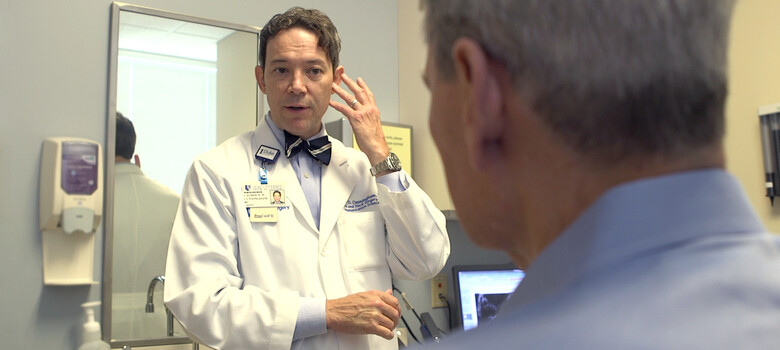Superior canal dehiscence syndrome, also called superior semicircular canal dehiscence syndrome, is caused by an abnormal connection between your brain and your inner ear’s superior semicircular canal. This fluid-filled tube helps control balance. Instead of fluid traveling normally through a closed canal, it can escape through the abnormal opening. This can cause unusual hearing and balance symptoms, including:
- Autophony, which means hearing your own voice loudly or in a distorted way or hearing your own body sounds like breathing, eyeball or eyelid movements, footsteps, gastric noises, or a thumping that sounds like your heartbeat (called pulsatile tinnitus)
- Dizziness that is triggered by loud noises and/or sneezing, coughing, straining, or other activities that affect your inner ear pressure
- A constant feeling of ear pressure or ear fullness
- Oscillopsia, which refers to unstable vision that makes you feel like your surroundings are moving back and forth
- Nystagmus, which means uncontrolled, repetitive eye movements
Vestibular Migraines
Vestibular migraines are severe headaches that cause dizziness and are easily triggered by light and sound. Vestibular migraines and superior canal dehiscence syndrome have similar symptoms, and it is common to have symptoms of both conditions. Superior canal dehiscence syndrome can also worsen or trigger vestibular migraines. It is extremely important to differentiate between the two, because surgery is not recommended for people with vestibular migraine alone.



